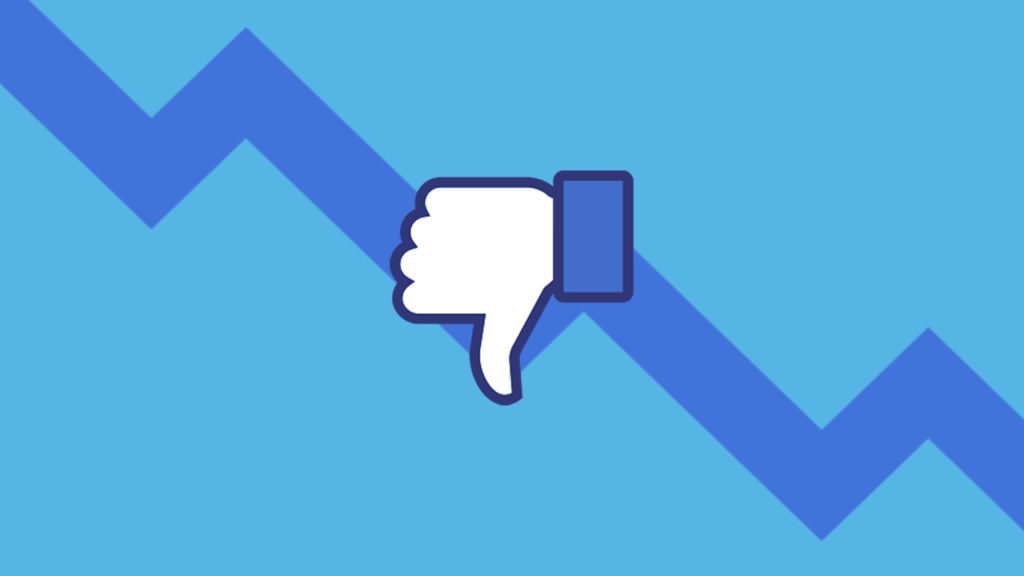Facebook reported second-quarter earnings of $13.23 billion, just shy of estimates. While the company treads water against a barrage of controversy and data concerns, Facebook turns to new monetization sources like messenger apps.
Saturation may have finally set in for Facebook users in the US and Canada, as illustrated by a lack of growth between the first and second quarters. Still, the site managed to boost its average revenue per user in all markets from $23.59 to $25.91 in US and Canada and from $5.53 to $5.97 worldwide.
Facebook reassured investors that they are investing heavily in data security—so much that it could negatively impact profits for the near future, CFO David Weiner warned.
The site recently added ad transparency tools such as labels that identify who paid for marketing and allowing users to view all ads served on a page, regardless of whether it was targeted to them originally.
Upcoming elections will be a “real test” for Facebook, the company said, adding that its already removed “thousands” of accounts and groups that violated Facebook policies.
In terms of monetization, Facebook stressed the importance of video a number of times throughout the call. Mark Zuckerberg said that features like Watch and just-added Watch Party are part of a wider initiative to create content that brings people together.
When asked where Facebook will turn next for monetization, Sheryl Sandberg indicated an interest in messenger apps. She said that Messenger has over 8 billion messages sent between businesses and users per month which includes automated messages.
“We’re being very slow and deliberate with monetization but I think we’ve launched some things that people are excited about like click-to-messenger ads,” said Sandberg on the investor call.
Sandberg indicated that they are “very focused” on WhatsApp as well, with more than 3 million people currently testing business solutions.
Instagram is growing at a faster rate than Facebook, and Sandberg sees this as an opportunity for brands.
“I think Instagram is both a direct response opportunity but [also] an opportunity for discovery,” she said. “The format is so visually appealing and people are telling stories with pictures. We see both anecdotally and in the data that this is a great place for people to become aware of a product in the first place.”
